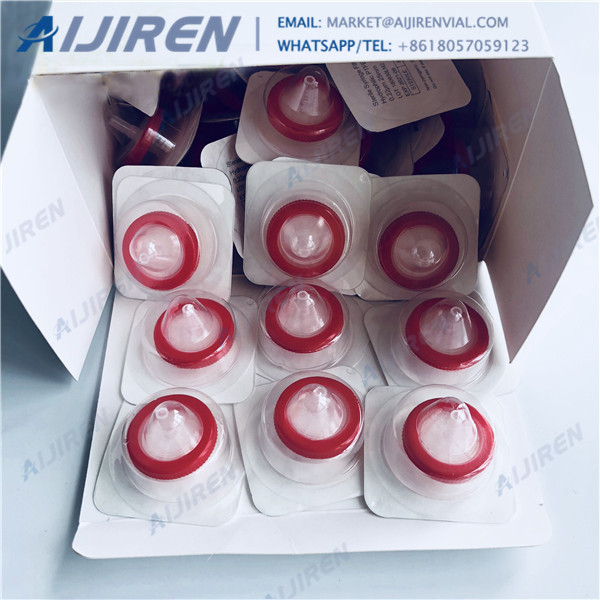
Mushroom Spawn Jar Gas Exchange Filter. Six Scientific Syringe filter (13 mm diameter, 0.22 micron filter). Perfect for grain spawn or liquid culture jars! Easy to use, reusable, and ideally suited for the home mycologist. 0.22 micron pore size provides exceptional contaminate-free gas exchange for all grains and liquid culture jars. Great for growing mushrooms at home when using a BRF or
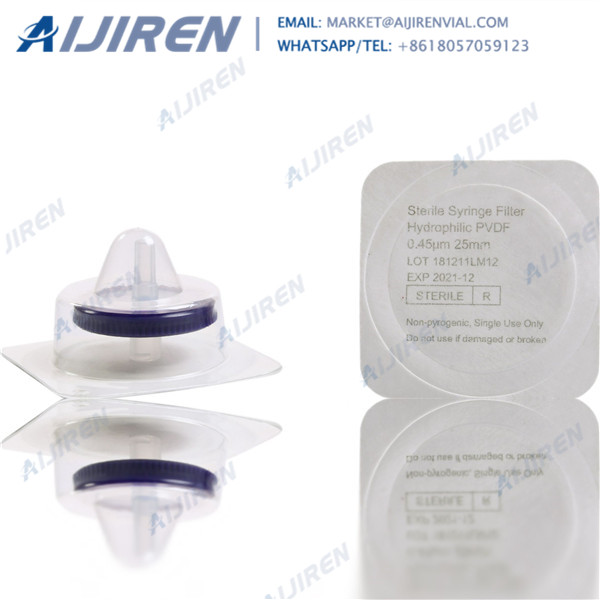
Minisart ® Syringe Filters: The Easy Choice – Clean and Safe For sterilization of liquids, sterile filtration with Minisart ® syringe filters is the optimal solution. They remove all microorganisms and particles reliably, without any influence of their ingredients, due to adsorption or decomposition.
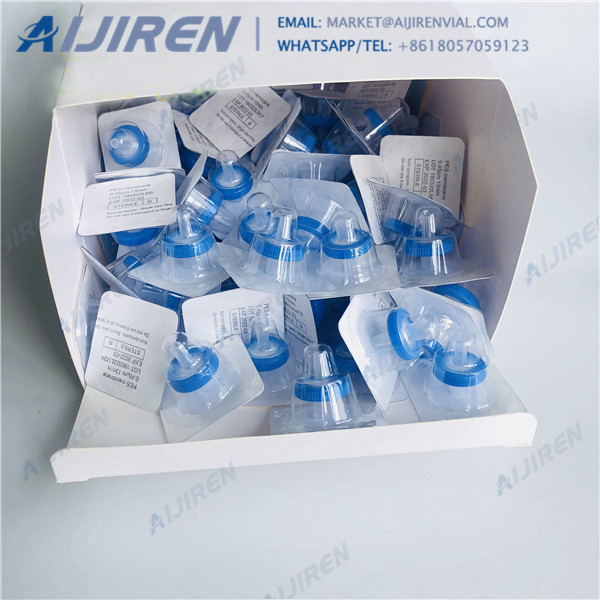
I’ve noticed people using syringe filters for LC jar lids, and filter disks/poly fill/micro pore tape for grain spawn lids. Is a syringe filter Press J to jump to the feed.
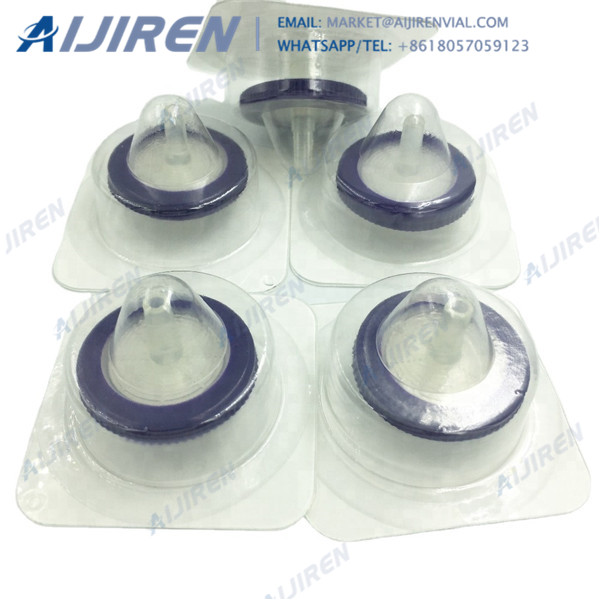
Mushroom Spawn Syringe filter (13 mm diameter, 0.22 µm). Perfect for grain spawn or liquid culture jars! Our 13 mm syringe filters are easy to use, reusable, and ideally suited for the home mycologist. The 0.22 µm pore size provides exceptional contaminate-free gas exchange for all grains and
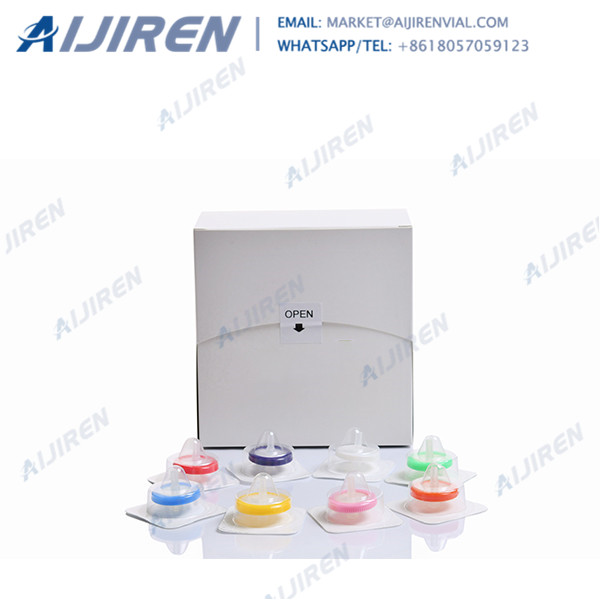
Grain spawn is a little known secret weapon of the world of mushroom cultivation. It’s made from sterilised grains that have been inoculated with a live mycelium culture. Grain spawn contains a lot of energy for mycelium to consume. It’s a bit like rocket fuel for mushrooms. Once it’s added to your substrate it takes off like wild fire.
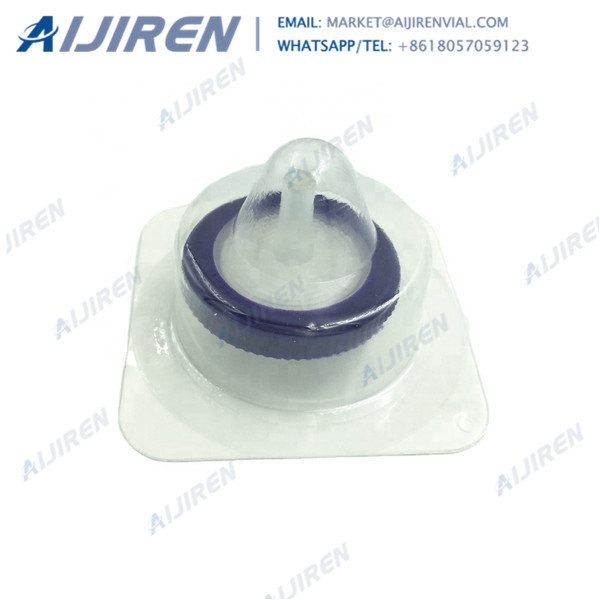
How to Make Mushroom Liquid Culture From Grain Spawn. Spore n’ Sprout. March 24 · How to Make Mushroom Liquid Culture From Grain Spawn. Related Videos.
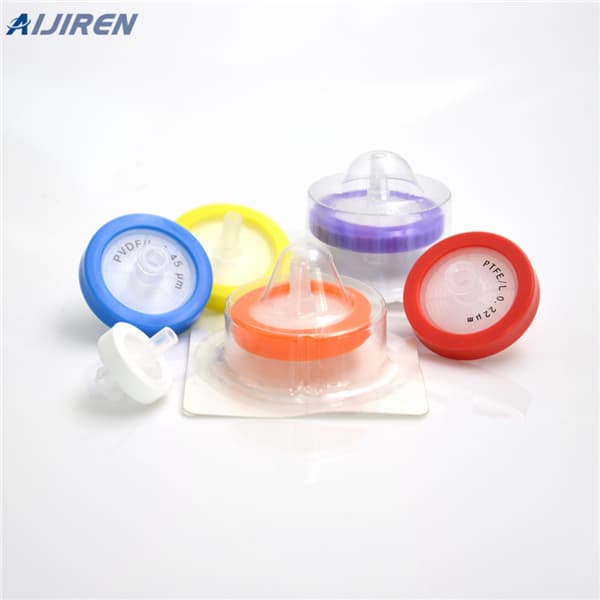
Minisart filters have a Luer Lock inlet and outlet, for positive attachment to the syringe. The filter is 26 mm in diameter with a hold-up volume of 0.1 mL. Suitable for clear aqueous solutions not requiring preliminary filtration.
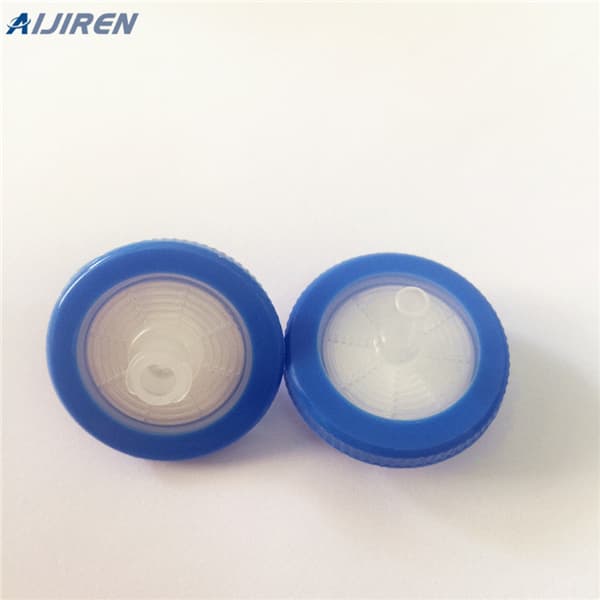
Cut the extra material off both sides to keep it clean and from rubbing up against your grain spawn. [Alternative] - Syringe Filter. The last—and coolest—alternative for gas exchange are syringe filters. Similar to the rubber self-healing injection ports, these filters are going to give you the best protection against contaminants.
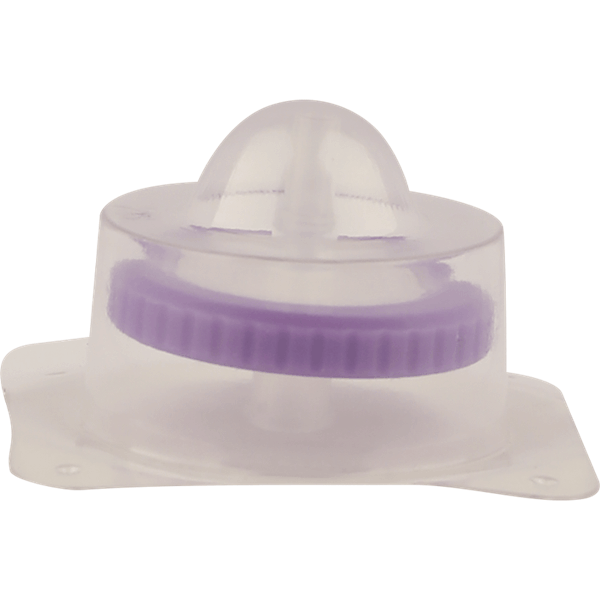
Jun 29, 2021 · Mushroom grow bags are a convenient and easy way to grow mushrooms at home. There are a variety of different sizes and options available, but all will feature a gas exchange filter and some may include an injection port that allows for injection of liquid culture or spore syringes while reducing the likelihood of contamination.
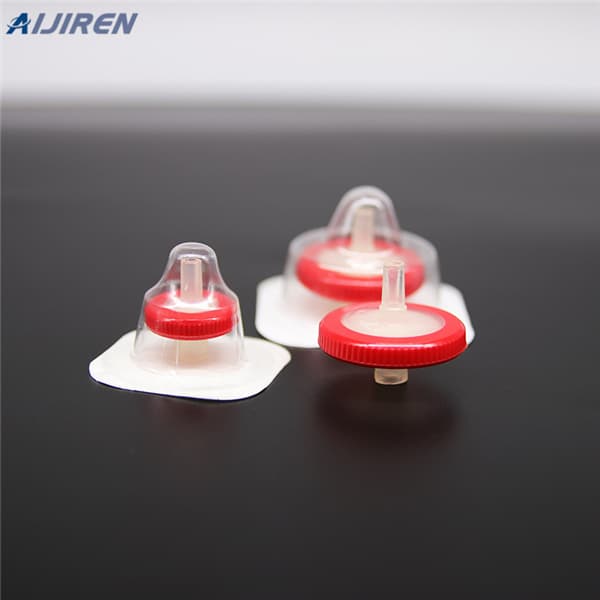
Aug 12, 2019 · To inoculate the grain: Clean your work surface. Sanitize syringe, bag, and hands. Once the syringe is sanitized, don’t set it back down. Open needle, connective side up, with it leaning toward the airstream from the HEPA filter. Pull cap off the syringe, spray syringe and needle with alcohol, then attach the needle while it is still in the
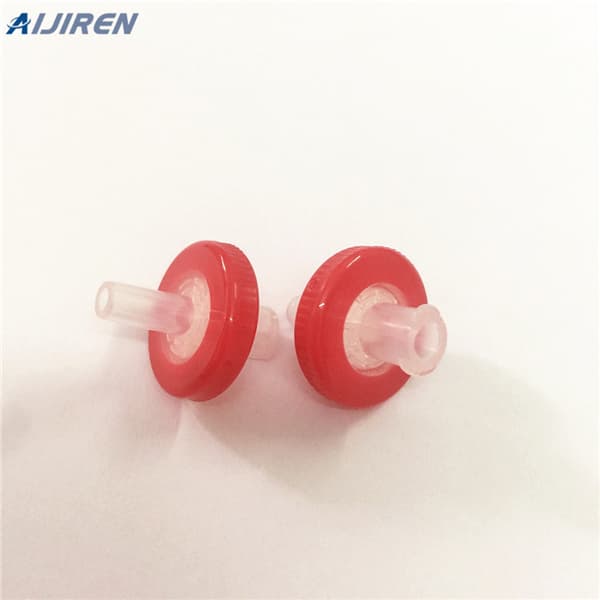
4 Steps to Making Grain Spawn. You can make grain in 4 easy steps. (Read the full article for thorough instruction.) Step 1: Rinse and clean the grains, soak in water for 12-24 hours. Step 2: Cook the grains for 15-20 minutes so that they absorb water. Step 3: Drain and dry excess moisture from the outside of the grains.
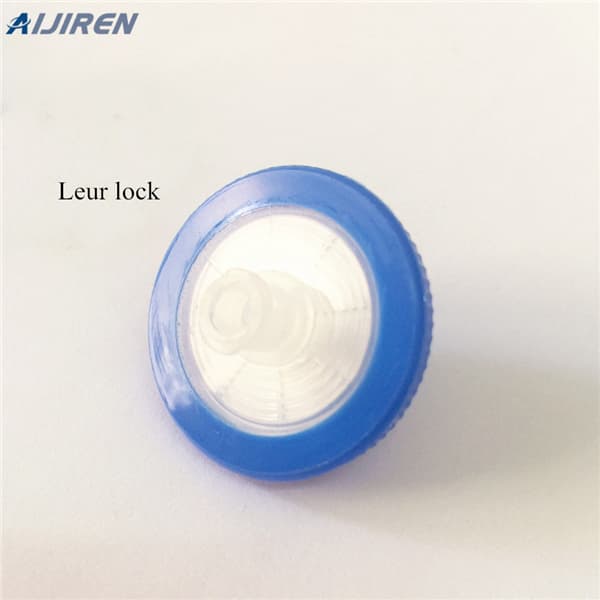
This company is using 0.22um syringe filters for grain jars, but didn't I hear that syringe filters are no good for spawn jars? The reason I ask is cause I got hundreds of similar 0.22um syringe filters (for LC) not being used, and was wondering if I could in fact use them for grain spawn in future.
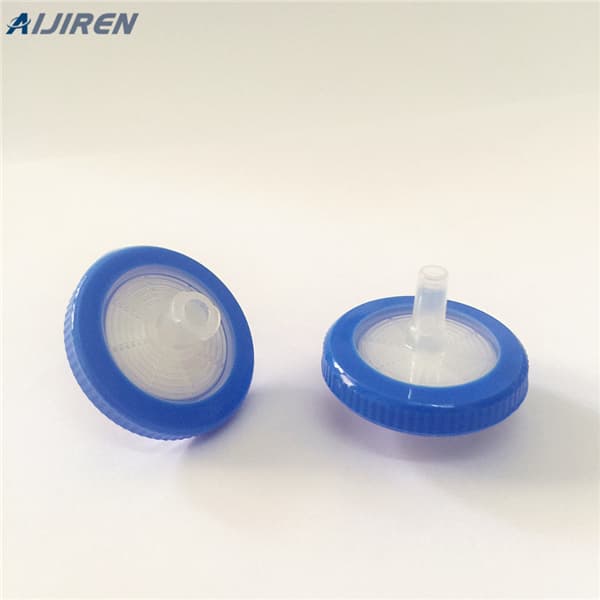
2 Quart Mushroom Grain Spawn Bags with Injection Port and 2 Micron Air Filter Size: S/M (4"x3"x18") - Fits approximately 2-3 lbs of hydrated grain spawn. Material: Oxo-Biodegradable Plastics Filter Size: 0.2 microns (1.5"x1.5") Thickness: 3.0 mil Usage: Grain Spawn, Mycelium Colonization, All-In-One Mushroom Grow Bag Spore Syringe Injection

Hello, Sign in. Account & Lists Account Returns & Orders. Cart
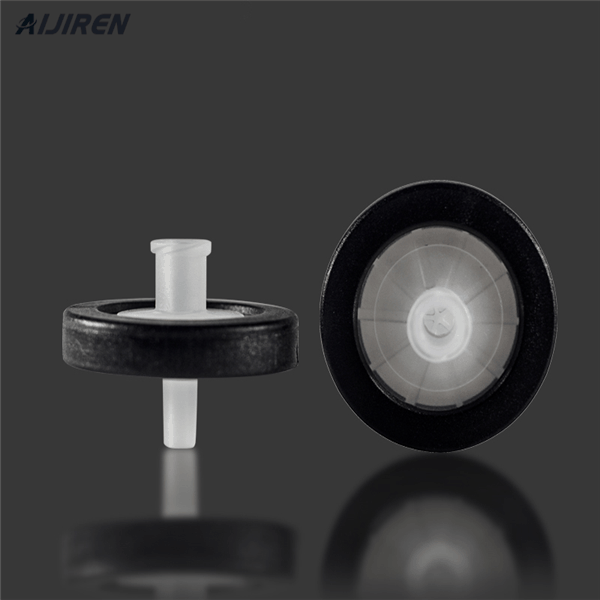
The common pore sizes are 0.45um and 0.20um and they're used for pressure filtration of culture media or injectables. I used to use them all the time in cell culture labs. They get the generic name of "syringe filters" because they have a luer-lock and you can lock them onto a syringe to force your media through one.